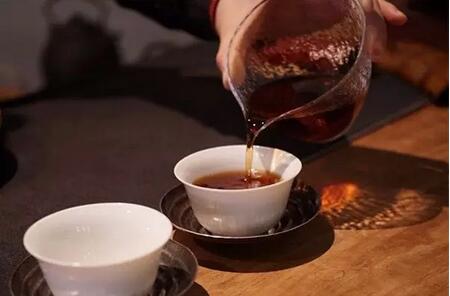
To brew ripe tea deliciously, the author conducted experiments on utensils, water, and brewing techniques, gaining some insights. The general approach is: first, analyze the tea's characteristics; second, determine the brewing goals based on these characteristics, aiming to highlight strengths and mitigate weaknesses; third, consider specific methods to achieve this; finally, refine through practice, analysis, and adjustment.
Analyzing Tea Characteristics
▼
Aroma: New ripe tea has a fermentation odor, but high-quality tea will develop floral or honey notes in later brews. Aged ripe tea may have storage or dry leaf aromas, but good aged tea can exhibit rich aged or medicinal fragrances in later brews.
Flavor: New ripe tea is less astringent but offers a thick, sandy texture akin to red bean soup when brewed well. Aged ripe tea has a clearer broth and milder taste but achieves a silky, oily mouthfeel, sometimes reaching a "melting" quality.
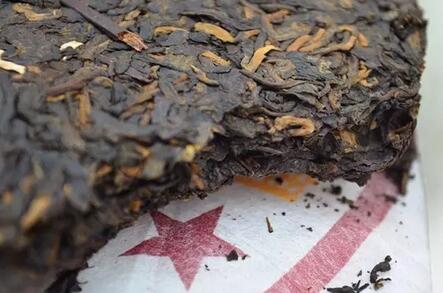
Setting Goals Based on Tea Characteristics
▼
Early brews: Suppress rough odors (fermentation/storage), enhance viscosity and oiliness, balancing aroma and broth in favor of the latter. Aim for a mild yet smooth and thick broth while controlling concentration to preserve later brews and improve overall endurance.
Middle brews: When aromas turn mellow, gently stimulate fragrance. Seek harmony between aroma and broth for a well-balanced cup.
Final brews: With flavor and texture diminished, focus on maximizing aroma for a fragrant, sweet finish.
Selecting Methods to Achieve Goals
▼
1. Use a thick, low-fired purple clay teapot. Its structure absorbs impurities and retains heat. Wide-mouthed, squat designs like "Fang Gu" or "Shi Piao" aid water control and odor dispersion. Ensure fast pouring to manage concentration, as ripe tea changes quickly and leaves can clog spouts.
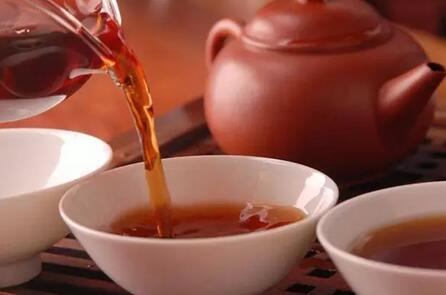
2. Use mineral water with a pH of 7-8.
3. Properly "awaken" the tea: Before brewing, alter storage conditions (e.g., place loosened tea in a clay jar) to adjust moisture and air exposure.
4. Preheat the teapot. Methods include:
- Pour hot water over the teapot (choose suitable shapes).
- Steam the teapot in a boiling water container.
- Place the teapot over a boiling pot’s lid to steam.
5. Control water temperature. Lower temps reduce odors; higher temps intensify them. Sustained heat is key to unlocking aged tea’s fragrance. Purple clay retains heat well; pouring boiling water over the lid boosts temperature. Gaiwans cool faster, so after pouring, refill immediately to maintain leaf heat.
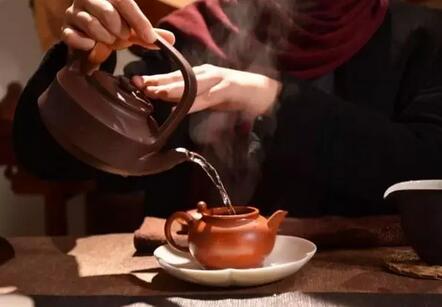
6. Master pouring techniques. Generally: "Aroma comes from rushing, broth from dripping." Rapid, turbulent pouring enhances aroma but sacrifices texture; slow, steady pouring improves texture but weakens aroma. Adjust based on tea type and processing. Key pouring methods:
- High pour: Long, thick stream, minimal cooling, strong agitation.
- High drip: Long, thin stream, maximum cooling, gentle agitation.
- Low drip: Short, thin stream, minimal cooling, least agitation.
- Spiral pour: Move the kettle spout to evenly agitate leaves. Maintain consistent stream thickness and speed for harmony.
- Fixed-point drip: Pour steadily at one spot.
7. Choose a kettle with a well-designed spout for precise water control.
For demonstration, a gaiwan replaces the teapot. Though trickier, mastering it yields teapot-like results.
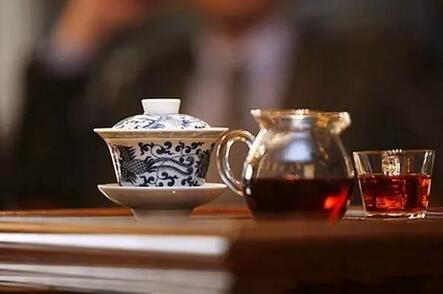
Practical Steps
▼
1. Measure tea: 7g for 110ml gaiwan. Adjust for taste and brew duration.
2. Preheat: Optional but helps remove impurities.
3. Rinse: Gently moisten leaves and clean surfaces. Pour softly (spiral or drip), avoiding turbulence. Rinse twice—first with cooler water, second hotter. Drain thoroughly. Warm cups with fresh boiling water, not rinse water. Leave the tea container open to release odors and cool leaves.
4. Early brews (1-3): Suppress odors, enhance texture. Drip slowly to minimize agitation. Broth will be light, soft, and mild. Use a fairness cup to blend flavors.
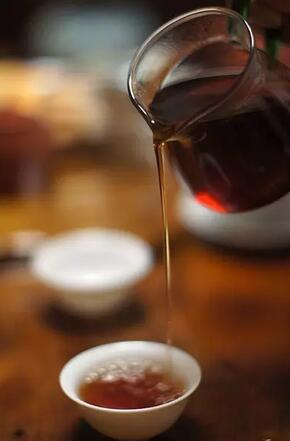
Drain fully after each brew to avoid flavor imbalance.
5. Middle brews (4-6): Balance aroma and broth. Spiral pour steadily—no rushing. Adjust speed and height based on tea and preference. Example: A rushed fourth brew yields dark, murky broth; a slow third brew produces light, clear broth.
6. Final brews (7+): Prioritize fragrance and sweetness. Pour vigorously to agitate leaves, maintaining high heat. For gaiwans, refill immediately after pouring to retain heat.
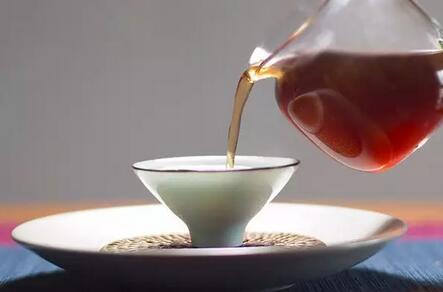
7. Avoid stirring leaves, which clouds broth and flattens flavor. Keep pours smooth throughout.
Tailor methods to each tea, from white tea to dark tea. Adaptability is key. Calm movements yield harmonious flavors. Brewing practice is a meditation, fostering mindfulness and better tea. In tea, there is Tao.